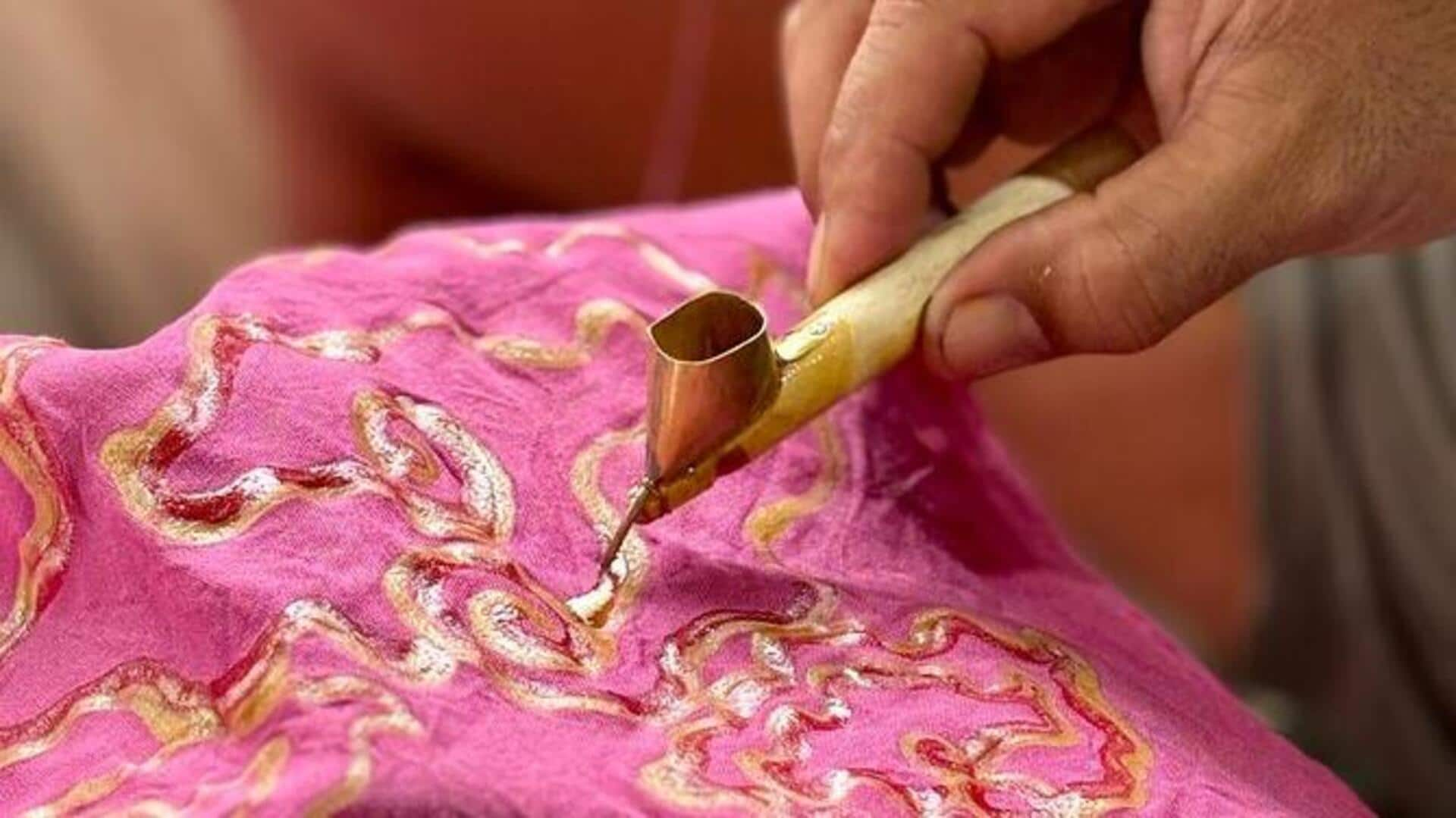
Discover batik: The art of dyeing cloth
What's the story
Batik comes from Indonesia and is a centuries-old art of wax-resist dyeing on cloth, famous for its intricate patterns and vibrant colors. The technique involves applying wax on fabric in designs, and then dyeing it. The areas covered by wax resist the dye, revealing unique patterns when the wax is removed. Here's a look at batik's history, techniques, and cultural significance.
#1
Historical roots of batik
Batik's origins can be traced back over a thousand years to places in Asia and Africa. However, it became widely popular in Indonesia, where it became a part of the culture's expression. Traditionally used for clothing and ceremonial garments, batik was often associated with royalty and nobility because of its labor-intensive production. Over the years, it turned into a popular art form adopted by communities across the globe.
#2
Techniques involved in batik making
The batik-making process begins with selecting a suitable fabric like cotton or silk. Artists use tools such as canting or brushes to apply hot wax onto the fabric in desired patterns. Once the design is complete, the cloth is immersed in dye baths multiple times to achieve different color layers. After dyeing, the wax is removed by boiling or scraping off carefully without damaging the intricate designs beneath.
#3
Cultural significance of batik patterns
Batik patterns are deeply rooted in Indonesian culture. Every motif carries its own symbols associated with nature or spirituality, influenced by regional differences across islands such as Java, Bali, etc. Over time, unique styles developed, showcasing local traditions, customs, beliefs, etc. They aren't merely decorative pieces but storytelling mediums. Mediums that tell stories through a visual language woven into the fabric themselves.
#4
Modern adaptations & global influence
Recently, there's been a global resurgence in blending traditional crafts with modern fashion, boosting demand for authentic, handmade items like batik. This interest promotes sustainable practices and ethical material sourcing. Collaborations between artisans and designers help preserve heritage while introducing innovative designs, catering to evolving consumer preferences worldwide.